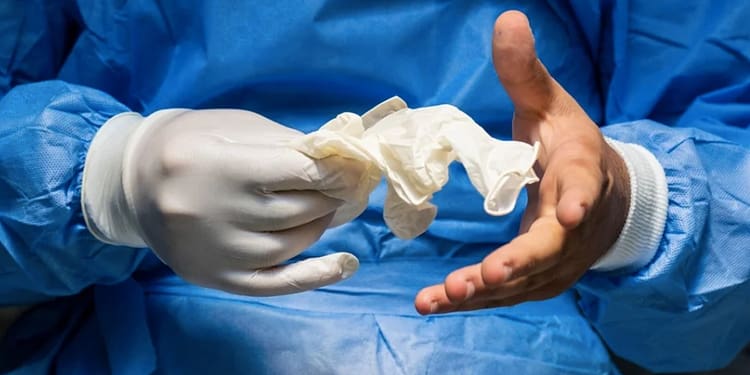- Cough, Mucus, and Respiratory Health: A Complete Guide - August 18, 2025
- Flogoprofen: what it's used for and how to take it - June 21, 2025
- What is Movicol oral solution in sachet used for and how to take it? - June 18, 2025
Almost five years after the first cases of COVID-19 were reported, a new world report on infection prevention and control (IPC) of the World Health Organization (WHO) shows that little progress has been made in overcoming serious shortcomings that hinder the prevention of healthcare-associated infections.
The Poor Implementation of PCI Programs
One of the most alarming findings of the report is that although 71% of countries currently have an active infection prevention and control (IPC) programme, only 6% of these countries meet the minimum requirements set by WHO for the year 2023-2024. This figure is well below the global target of more than 90% coverage by 2030, as set out in the WHO Global Action Plan and Monitoring Framework on IPC.
Lack of adequate resources, shortage of trained personnel and insufficient budgets dedicated to IPC are factors contributing to this disparity. In low- and middle-income countries, the situation is even more dire, with many hospitals struggling to maintain minimum standards of hygiene and protection for patients and health care staff.
A Challenge in Times of Pandemics
The COVID-19 pandemic has further exposed the deficiencies in healthcare infrastructure in many countries. Along with outbreaks of diseases such as Ebola, Marburg virus, and monkeypox (mpox), pathogens have demonstrated how quickly they can spread in healthcare settings. These infections are responsible for a significant increase in rates of complications, prolonged hospital stays, sepsis, disabilities, and even deaths.
The report reveals that an estimated 136 million healthcare-associated infections are resistant to antibiotics each year, further exacerbating the antimicrobial resistance (AMR) crisis. AMR is an alarming phenomenon in which bacteria, viruses and fungi become resistant to conventional treatments, making common infections more difficult to treat and increasing the risk of mortality.
Economic and Human Impact of HAIs
According to data from the WHO and the OECD, it is estimated that up to 3.5 million patients could die annually from healthcare-associated infections if urgent measures are not taken to improve hygiene conditions and infection control in hospitals.
But preventing these infections would not only save lives, it would also have a positive impact on the global economy. According to the report, if countries implemented IPC measures at all levels of health care, up to 821,000 deaths could be avoided annually by 2050. In addition, these measures would generate savings in health care costs of up to $112 billion per year, with economic gains of up to $124 billion.
The Need for Coordinated Global Action
Dr Bruce Aylward, WHO Assistant Director-General for Universal Health Coverage, stressed that improving IPC practices in all health facilities is a critical investment to reduce mortality and the economic burden related to HAIs and AMR. As antimicrobial resistance becomes one of the greatest threats to global health, WHO has called on countries to take immediate action.
“WHO is committed to supporting countries to ensure that all people providing or accessing health services are safe from healthcare-associated infections by 2030,” said Dr Aylward. “Meeting minimum IPC requirements should be a priority for all countries to protect patients and health workers and prevent unnecessary suffering.”
Towards a Safer Future
The report underlines that, despite the challenges, all countries can and must do more to prevent and control infections in healthcare facilities. Improving IPC practices is not only an urgent measure to protect patients’ lives, but also to combat one of the greatest threats to global health: antimicrobial resistance. As we approach 2030, improving health conditions at all levels of care is a shared responsibility that requires urgent action and global collaboration.
With strong commitment and adequate resources, millions of lives can be saved, unnecessary suffering avoided and economic pressures on health systems can be reduced globally. Investing in infection prevention is, without a doubt, one of the best investments in public health.






